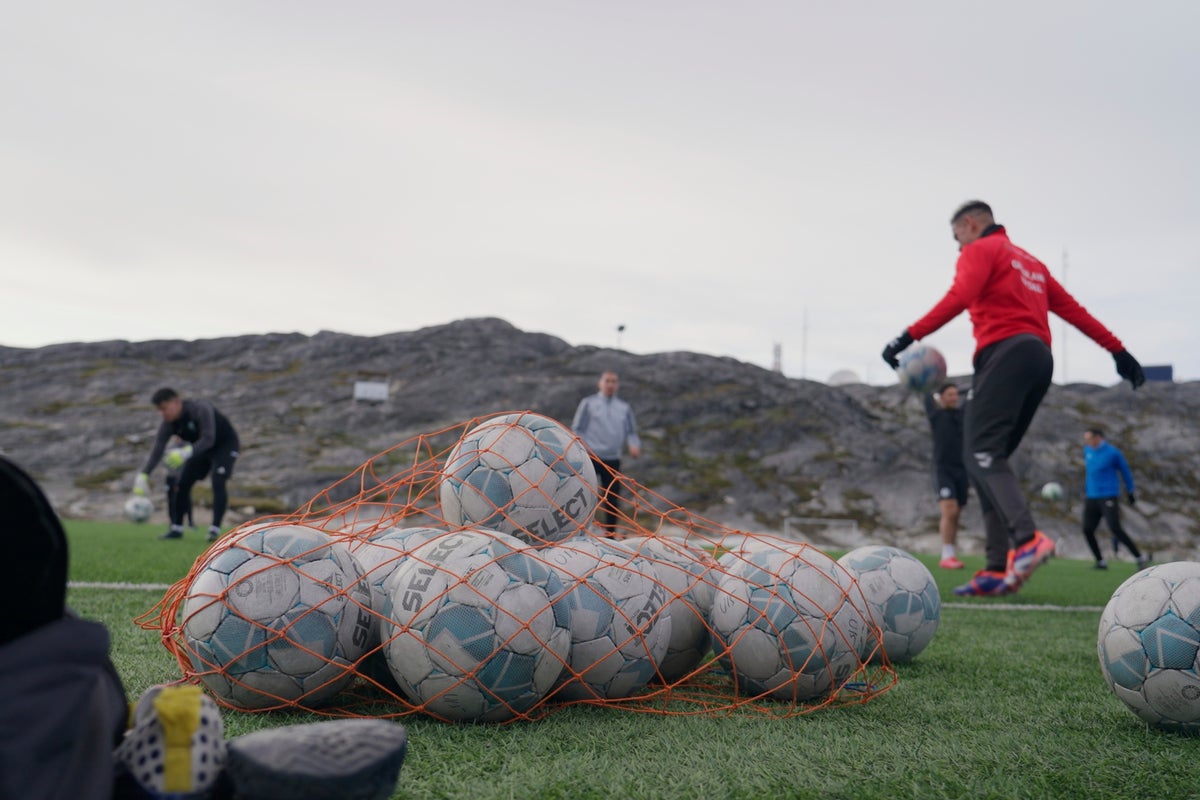

For most of the year, Greenland is a land of ice and snow, where locals retreat indoors. But for three glorious months, beginning in June, the island transforms. The sun shines 24 hours a day, and everyone flocks outside to celebrate their favorite sport: football. With roughly 5,500 registered players out of a population of 56,000, nearly 10% of Greenlanders are actively involved in the sport. Football in Greenland is more than just a game; it's a symbol of national pride, unity, and identity.
Greenland's passion for football faces unique challenges. The island's harsh Arctic climate limits outdoor play to a few months each year. Gigantic ice sheets cover approximately 80% of the island, and strong winds and regular snowfall batter the land. Natural grass pitches are impossible to maintain due to the moss and waterlogged conditions from melted ice, leaving only sand and ash pitches available for play. While artificial turf pitches are becoming more common, constructing them to meet international standards remains a significant hurdle.
Despite these obstacles, Greenlanders are incredibly dedicated to football. The Greenlandic league, which has been in place since 1958, holds its national championship during one week in early August. The tournament's short duration is due to the extensive and expensive travel required to move across the country, as there are no roads connecting Greenland's cities. The national team comprises students and amateurs with day jobs who gather each summer in Nuuk for training sessions and matches. The team's captain works in an orphanage, while one of the fan favorites is a hairdresser.
Greenland has been seeking recognition from international football organizations for years. In May 2024, the Football Association of Greenland formally submitted its application to become the 42nd member of CONCACAF, the Confederation of North, Central America and Caribbean Association Football. However, in early June 2025, CONCACAF unanimously rejected Greenland's application, delivering a crushing blow to the nation's football dreams.
The reasons for the rejection remain unclear. Some speculate that political factors, such as the United States' interest in Greenland, may have influenced the decision. CONCACAF's membership requirements also pose challenges for Greenland, including the need for a covered stadium with a capacity of 3,000 or more spectators, an artificial playing surface, and close proximity to an airport. While plans for a stadium complex have been proposed, they have yet to be realized.
Despite these setbacks, Greenland remains determined to develop its football program and achieve international recognition. The construction of artificial turf pitches has been a crucial step, with the goal of having eleven fields across the country. FIFA's approval of FieldTurf has also paved the way for Greenland to create FIFA-standard pitches and apply to play full internationals. The Danish Football Association (DBU) has been a key partner, providing support and expertise to help Greenlandic football grow.
Joining CONCACAF would provide numerous benefits to Greenland, including more matches, increased financial support, and greater football engagement. It would also give young Greenlanders a sense of purpose and hope, addressing social challenges such as high suicide rates and alcoholism. As one Greenland player stated, "We play with our feelings," expressing the deep national pride associated with representing Greenland on the football field.